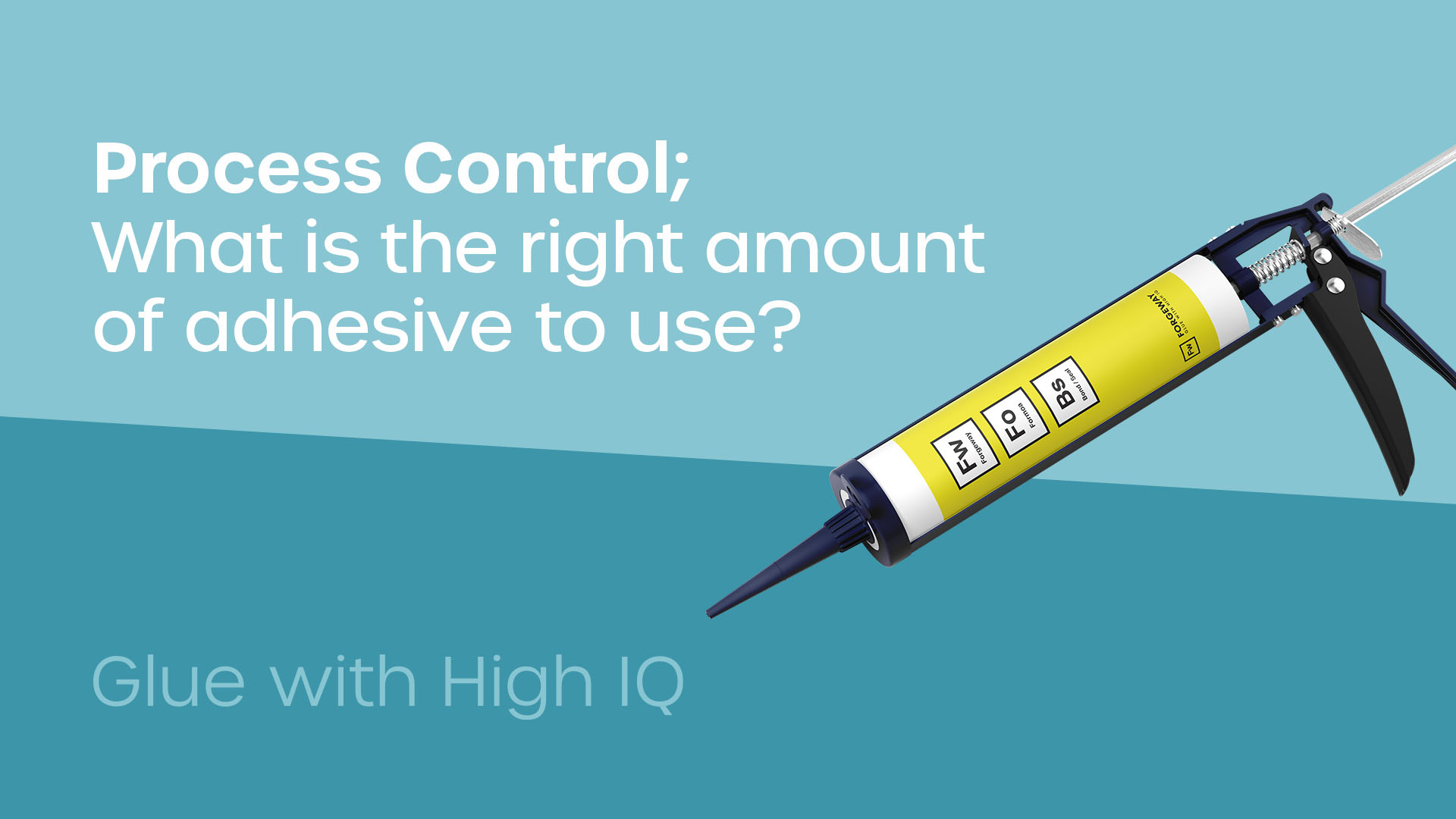Search for topics or resources
Enter your search below and hit enter or click the search icon.


Adhesive failure never happens because someone used too much adhesive, but too little massively increases the risk.
The critical factor is in the joint design. Once you have factored in the stress and load on the joint, and determined what strength adhesive is required, you then need to make sure you apply the right amount. Too much adhesive is wasteful and in the case of a single component adhesive, it will take longer to fully cure. It is also worth noting that for every cartridge of adhesive used in excess add 0.5Kg to the finished product/vehicle. A 50Kg increase in weight can reduce fuel efficiency by over 1-2%.
As a rule of thumb, 2mm is the optimum bondline thickness for a flexible semi-structural adhesive. This allows the glue to absorb impacts and stress, preventing the stress transferring to the bonded sections. This increases to 4mm for applications where there is likely to be a larger difference in expansion and contraction between the two bonded substrates. An example of this is vehicle glazing or aircon units in Middle Eastern countries where day/night temperatures can differ by the extreme.
If the bond width is more than 20mm, we would recommend applying 2 smaller beads side by side rather than 1 big bead. This will allow the adhesive to cure faster, ensure a cleaner finish and prevent water ingress which could later cause corrosion.
Bond width should ideally be 12mm as a minimum. We would recommend that joints are designed to be 20mm wide as this allows some tolerance in operator use, and provides a durable width in case the joint becomes subject to chemical attack.
Most adhesive suppliers will provide nozzles with their product which are usually supplied uncut, the nozzles should be cut in the shape of a ‘V’ to form a triangulated bead of adhesive – this shape will help maximise your open time. If the operator accidentally goes beyond the open time and the sealant skins over, the skin will burst when the substrates are brought together.
If you have any questions on this subject, feel free to contact our team of specialists or call to request a copy of our “Fundamentals of Adhesives” handbook.
Topics: